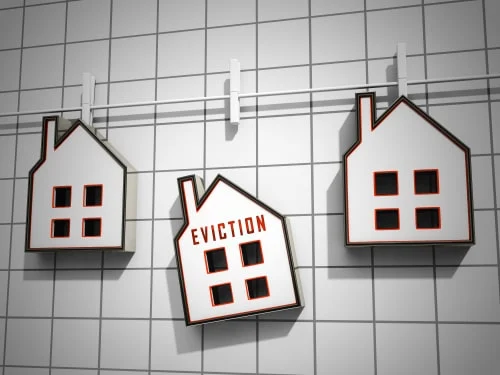A Landlord’s Guide to the Virginia Eviction Process
If you’re a Virginia landlord, navigating the eviction process can be complex. You must serve notices, attend court hearings, and follow state laws precisely.
This guide will help you understand the key steps, timelines, and considerations specific to Virginia. By familiarizing yourself with the process, you can protect your property rights, expedite procedures, and ensure a smooth transition when reclaiming your rental unit.
Stay informed, follow steps, and empower yourself for successful eviction management.
Notice and Filing Process Overview
When beginning an eviction in Virginia, as a landlord, you must issue a Rent Demand Notice. This notice gives the tenant 5 days to pay the rent owed or vacate the premises. If the tenant fails to comply, you can proceed with the eviction process in Virginia.
Depending on the situation, you may need to issue different types of notices, such as a Lease Violation Notice or an Unconditional Notice to Quit. It’s crucial to follow the specific guidelines outlined in the Virginia eviction notice requirements to ensure a smooth and legally sound process.
Court Proceedings and Judgment
To proceed with the eviction process in Virginia, you must attend a court hearing after filing an eviction lawsuit with the necessary details and evidence. At the court hearing, both you as the landlord and the tenant will present your cases. The judge will then issue a judgment based on the evidence and arguments presented.
If the judgment is in your favor, the tenant will typically have 72 hours to vacate the property voluntarily. If the tenant fails to move out within the specified timeframe, you can request a Writ of Eviction, which the sheriff will execute within 15-30 days. This writ grants the sheriff the authority to remove the tenant from the property, allowing you to regain possession.
Writ of Eviction and Execution
Once the court issues a possession judgment in your favor, you can promptly request a Writ of Eviction for the sheriff to execute. This legal document authorizes the sheriff to remove the tenant from your property forcibly if necessary.
The sheriff typically schedules the eviction within 15-30 days of receiving the Writ of Eviction. After the tenant is served the writ, they’ve 72 hours before the actual eviction takes place.
On the scheduled date, the sheriff will carry out the eviction, ensuring that the tenant vacates the premises and restoring the possession of the property to you. It’s crucial to follow all legal procedures and allow the sheriff to handle the physical eviction to avoid any potential legal issues.
Squatter Eviction Process
Once the court grants you possession judgment, proceed to address the Squatter Eviction Process with vigilance and adherence to legal protocols.
Squatters in Virginia must have 15 years of continuous possession to potentially claim legal rights. If squatters don’t meet this criterion, you can initiate the legal removal process.
It’s crucial to follow all required steps meticulously to ensure a successful eviction. Begin by serving the squatter with the necessary notices and documentation as per Virginia law.
If the squatter fails to vacate the property voluntarily, proceed with filing an eviction lawsuit in court. Remember to consult with an attorney to navigate the complexities of the Squatter Eviction Process effectively and protect your rights as a landlord.
Additional Considerations for Landlords
As a landlord in Virginia, you should carefully consider the varying cost estimates and potential durations of the eviction process, ensuring you’re well-prepared for any complexities that may arise.
Virginia eviction cost estimates can vary based on the complexity of the case, so budgeting appropriately is crucial. The duration of the eviction process can also fluctuate, impacting your timeline for regaining possession of the property.
It’s important to hire an attorney familiar with Virginia’s eviction laws to navigate any complexities that may arise during the process. Checking local statutes and state laws for eviction procedures, and regularly reviewing legal processes and regulations, will help ensure you’re up to date and accurate in your actions as a landlord.
Conclusion
Now that you understand the Virginia eviction process, you can confidently navigate the legal procedures and protect your property rights as a landlord.
By following the necessary steps and timelines, you can ensure a smooth transition when reclaiming possession of your rental unit.
Stay informed, take action, and empower yourself with the knowledge needed to successfully navigate the eviction process in Virginia.







